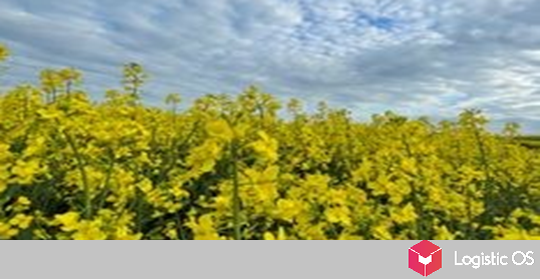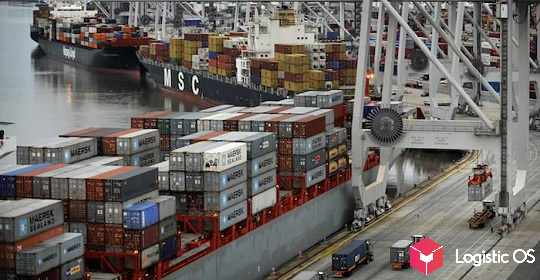The State Duma adopted in the second reading a parliamentary bill on the creation in the Russian Federation of a unified quality control and grain tracking system.
In simple words, this is an analogue of the EGAIS, which has been operating for a long time, when the path of each can / bottle of alcohol is easy to track: from the manufacturer to the consumer.
According to experts, in the field of grain control, such a system is even more necessary, because Russia is one of the three leading countries in the production and export of grain. And if so, then control is extremely necessary.
What will the unified grain control system give?
Many benefits are planned.
- Keeping track of the movement of each batch of grain will avoid theft and manipulation of data.
- Availability of phytosanitary control data in a common database will save a business (for example, an elevator, a flour mill, an exporter) from unnecessary checks.
- The creation of such a base will bring Russia to a new level, eliminate the risk of refusal to import Russian grain from other states. And such refusals take place if there is no way to be sure of the quality of the product.
When will the new system start working?
At the moment, the State Duma has approved only the idea of its creation and basic provisions. Now the system has to be developed and put into operation.
Due to the global nature of the project, this may not be fast.
But the deputies hope that in 2022 a unified control system for Russian grain will already begin to function.
It is assumed that the following data will be registered for each batch of grain:
- Type of culture.
- Batch size.
- Harvest year.
- Place of collection.
- Phytosanitary certificates, laboratory test results.
Further, it will be possible to control, for example, the amount of grain in the storage or in the elevator at each moment of time. All this data can be used for analysis, statistics, detection of violations.

It takes a lot of work to get the system up and running.
In particular, all participants (producers, processors, exporters of grain) should be registered in this system.
When this is done, it will be possible to enter data on new shipments of grain into the system and track how they move.
According to experts, the project is very useful, but it will take several years to create and test it. So the sooner this process starts, the better.

